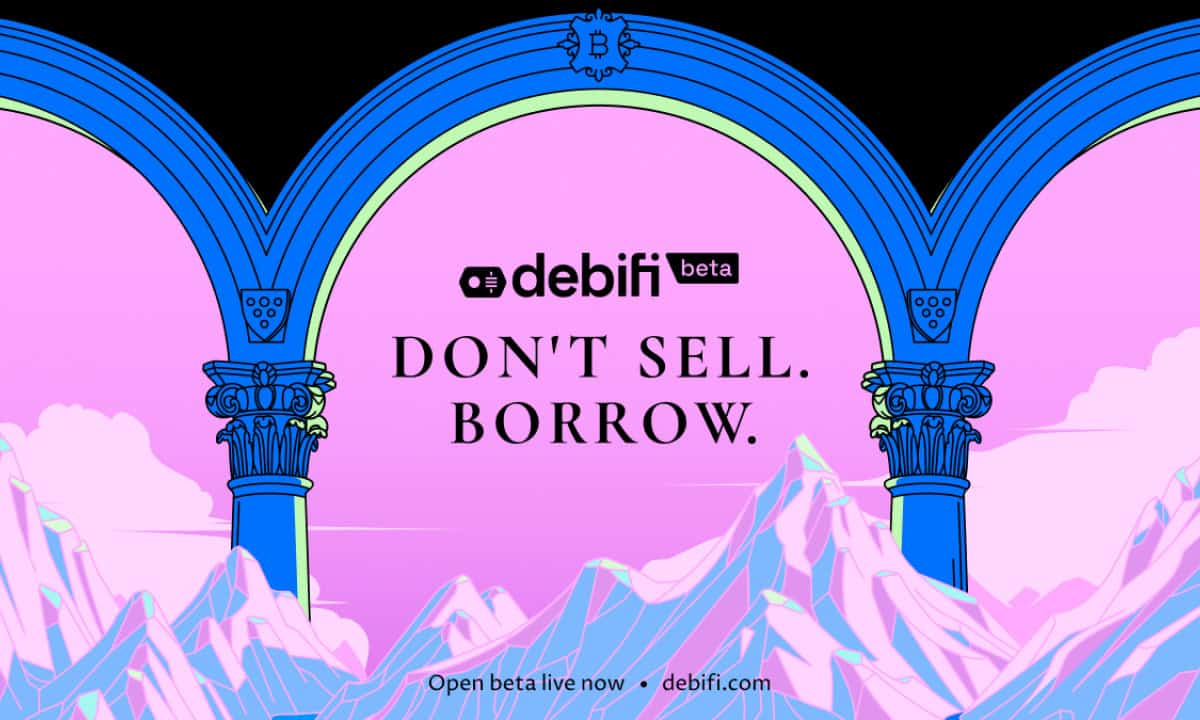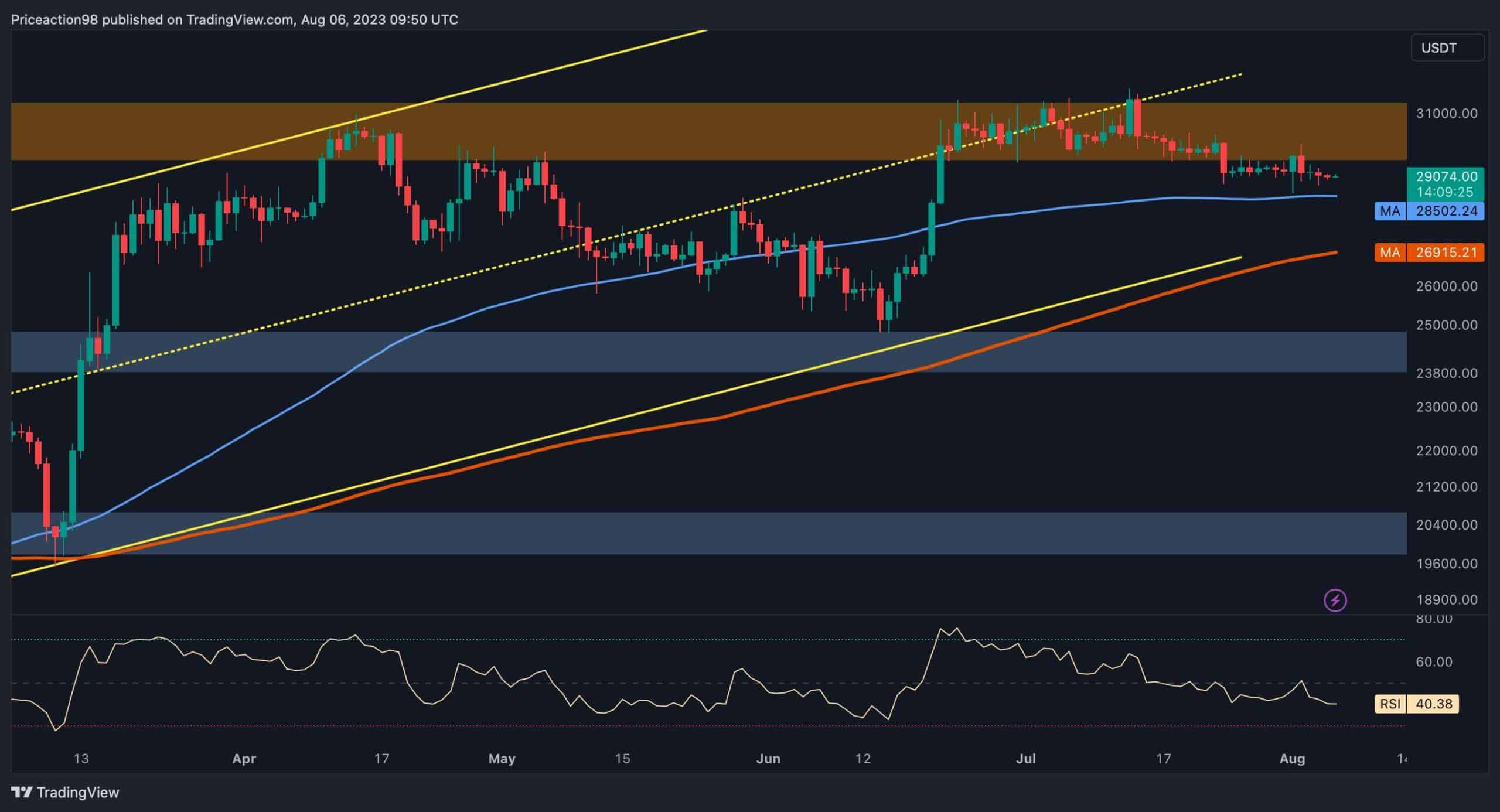How Does Crypto Fit Into a Passive Investment Strategy?

Megan DeMatteo is a service journalist currently based in New York City. In 2020, she helped launch CNBC Select, and she now writes for publications like NextAdvisor, CoinDesk, MoneyMade, and others.
Until recently, there has been little that’s passive about cryptocurrency. From the get-go, buying bitcoin or alternative coins (altcoins) requires research – at least enough to open a digital wallet or app that lets your clients buy cryptocurrency, such as Robinhood, CashApp or Venmo.
Then there’s the market news, which changes every day. The U.S. Securities and Exchange Commission (SEC) has made significant strides in the conversation about regulating the $2 trillion asset class – including approving a bitcoin futures exchange-traded fund (ETF) to begin trading this week.
But still, a futures-based ETF differs from a physically backed ETF and will likely benefit traders more than passive investors, Matt Hougan of Bitwise told CoinDesk’s Emily Parker last week. According to Hougan, the futures-based bitcoin ETF is part of the SEC’s “crawl, walk, run” approach to opening up the growing crypto market to everyday investors.
Self-directed retail investors are able to access crypto easily, Hougan said, and have been for the past eight years. But advisors aren’t yet allocating their clients’ portfolios to the currency because there’s not yet a regulatory structure that lets them do so easily. It will be a while, it seems, before many advisors recommend crypto as anything more than a speculative investment.
“Unlike a dollar, the value of bitcoin [or crypto] can vary greatly on a day-to-day basis,” says Nashville-based certified financial planner Jeanne Fisher. This volatility is enough to make financial planners and advisors keep the blinders on and stick to the basic investment recommendations of Roth IRAs, no-fuss index funds and low-cost ETFs.
The built-in scarcity of bitcoin in particular – along with its verifiability, portability, and durability – makes it one of the most historically deflationary types of currencies we’ve seen, argued Rochard. Unlike putting cash into a typical savings account, or even a high-yield account that earns clients 1% to 2%, storing cash as crypto is arguably easier and more potentially lucrative.
So is crypto a passive investment?
Crypto is therefore seen as an investment. But is it a passive one? Most financial planners say no, citing impossible-to-predict liquidity and growth. Even though bitcoin reached a new all-time high this week during the optimistic futures ETF buzz, some planners are giving it time to see if its value will continue climbing amid all the inevitable changes ahead.
Sentiment can do more than make investors weary: It can also influence markets, points out Lazetta Rainey Braxton, a New York-based certified financial planner and co-founder.
“When China said no to crypto, all of [the crypto values] tanked,” Braxton says, referring to the country’s recent crypto crackdown.
Therefore, Braxton recommends to her clients to cover all of the basics before getting into crypto: having a robust emergency fund, a retirement account such as a 401(k) or IRA (or both), and a passive brokerage account comprising index funds and ETFs.
Clients’ crypto money can then be their “play money,” says Braxton, who recommends to her clients they max out their crypto investments at only 5% of their portfolios.
While Braxton’s advice is common among financial planners, who understandably must protect their clients’ money and mitigate risk, it also helps to zoom out and help your clients understand the unique value they personally see in owning and/or using cryptocurrency.
Conceptualizing crypto for clients
Earlier this month, Adam Blumberg, a certified financial planner and founder of the cryptocurrency education company Interaxis, outlined three ways you can conceptualize an investment in bitcoin in particular for clients: As an economic revolution, as a macro investment (a way large funds and governments can protect value amid global economic influences), and as a micro investment – meaning, for the average person.
Identifying these areas will help your clients begin to see where they fit into the global picture and decide whether to wait for more passive crypto investing options coming one day, or to tighten up their financial foundation and prepare to take part now.
Subscribe to Crypto Long & Short, our weekly newsletter on investing.
By signing up, you will receive emails about CoinDesk product updates, events and marketing and you agree to our terms of services and privacy policy.









